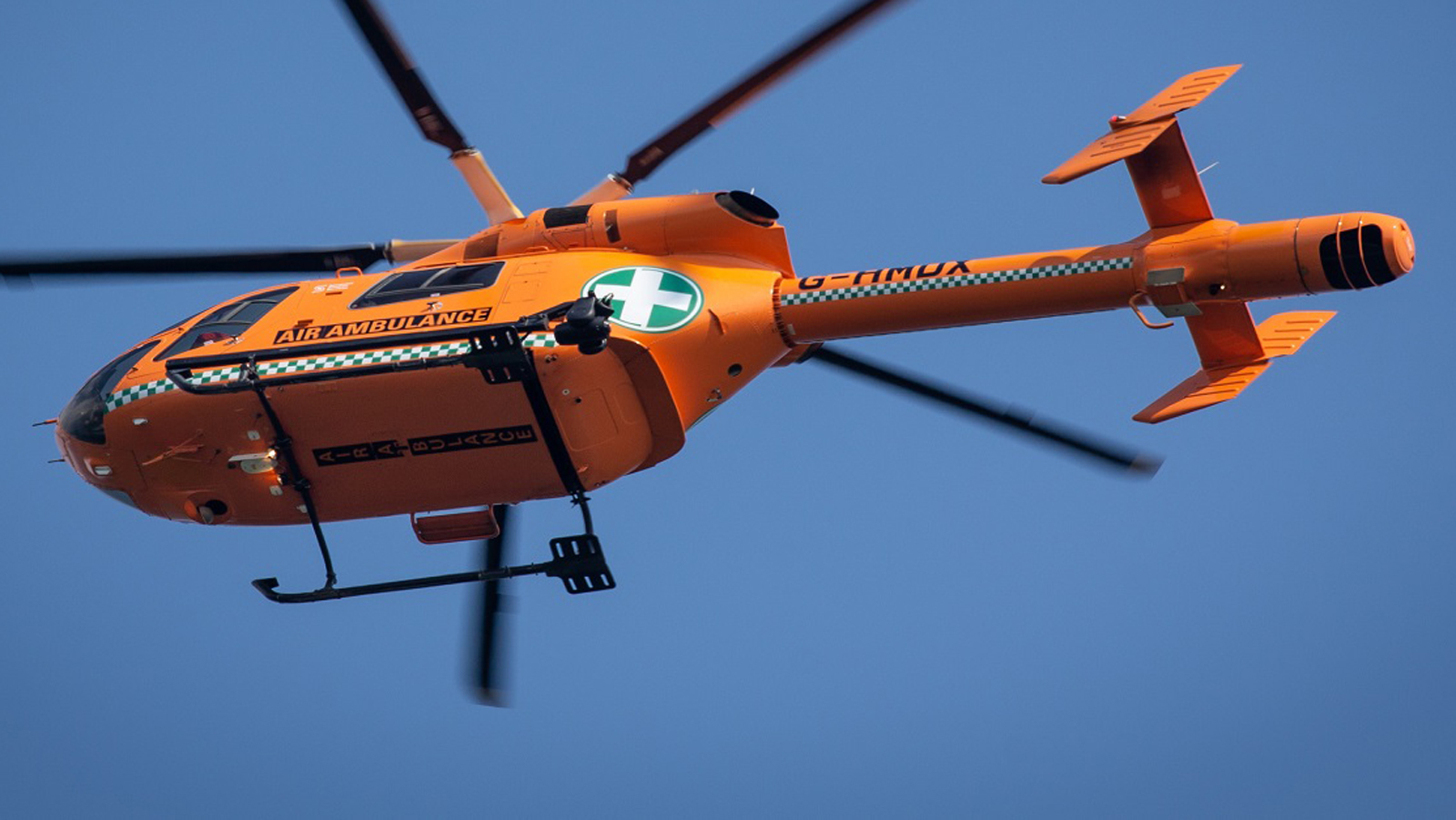Surprise air ambulance bills: A bird’s eye view of sky-high prices
The No Surprises Act will work to protect consumers from surprise air ambulance bills beginning in January 2022.

Every year, more than 550,000 patients in the United States use air ambulance services. With more than 75% of air ambulance trips made out-of-network, over 400,000 people are likely to receive surprise medical bills annually. But that’s about to change.
Beginning January 2022, the No Surprises Act will protect patients from surprise medical bills from air ambulance companies. When someone needs an air ambulance, they don’t have time, or ability to find an in-network emergency transport company.
Patients that take an emergency flight often receive a surprise bill reflecting the remaining amount owed to the air ambulance company after their insurance company pays its out-of-network rate. The median cost of surprise air ambulance bills is $36,400 for a helicopter, and $40,600 for a plane. For people recovering from a medical emergency, these bills can upend their financial stability when they are already struggling.
Even more alarming, surprise air ambulance bills have been getting more expensive, with the median cost rising 15% per year from 2014 to 2017. These price hikes coincide with the consolidation of air ambulance providers by private equity firms. Challenging these charges is difficult because of a lack of transparency about the costs of operating an air ambulance. The data needed to determine a fair price for an air ambulance trip is closely held by these companies, and to a limited extent, the health plans who pay them.
The new law will protect consumers from surprise bills, holding patients only accountable for what they would pay had the service been in-network. But insurance companies still have to pay a portion of the higher out-of-network charges. Because they can pass those charges onto consumers in higher premiums, it’s in everyone’s interests to get a better idea of what air ambulance transportation costs and ensure that we aren’t overpaying.
To settle payment disputes between providers and insurers, the No Surprises Act establishes an arbitration system, and instructs arbiters to use as a benchmark, the “qualifying payment amount” (QPA), the median in-network rate for the service in that geographic area. Since only a quarter of air ambulance providers are in-network, it doesn’t give arbiters much data to rely on. Another complication is that most air ambulances operate in a highly concentrated market with little competition. That means they can negotiate extremely high rates. The new law anticipated the probability of inflated in-network rates and established a data collection requirement to shed light on the costs of providing emergency air transportation.
Health and Human Services Secretary Xavier Becerra recently announced proposed regulations, stating: “[t]hese rules would allow HHS to collect data to analyze the industry’s market trends and costs and provide critical information that will address exorbitant air ambulance expenses.”
Air ambulance companies must report their operating costs, frequency of balance billing and average payment. Insurance companies are required to supply claims and services data (including billing codes) and track whether services were provided by a government-sponsored, hospital-owned, or private air ambulance company. By 2024, a report will summarize the data, including billing charges and paid amounts and whether the air ambulance industry is using unfair practices.
For insurance companies, the report should provide greater price transparency to better negotiate the payments to air ambulances. For policymakers, the findings may indicate a need to revise the arbitration system to better guide arbitrators to award reasonable, not inflationary charges. And for consumers, there will be immediate relief in January 2022 from surprise air ambulance bills.
Photo credit: Ben Wicks on Unsplash
Topics
Authors
Alex Sherman
Find Out More

Apple AirPods are designed to die: Here’s what you should know

New report reveals widespread presence of plastic chemicals in our food

Consumers call on Meta to protect kids’ safety in Quest virtual reality

